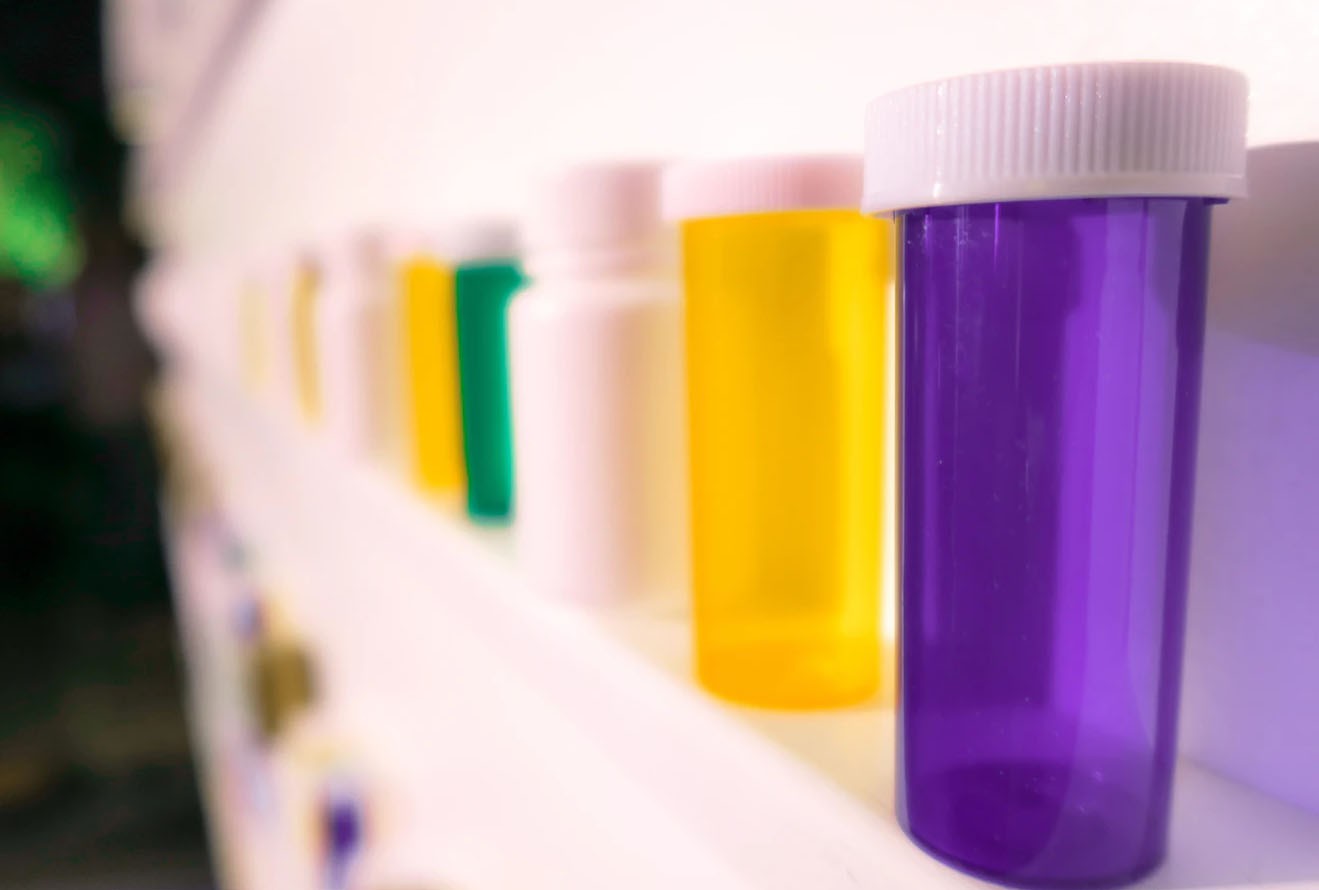Let’s hear it for better living through pharmaceuticals. Prescriptions, I mean. There are drugs for lowering your blood pressure, lowering your cholesterol, reducing inflammation, blocking betas and curing that nasty rash you got last summer. When you find yourself on “maintenance” medications, however, such as blood pressure medicine or asthma medications, you could be looking at getting a periodic regular influx of prescription bottles.
These little bottles have some interesting properties, are quite useful for what they do, and obviously, cost something to make and, being made of plastic, have an impact on the environment. They certainly don’t do anyone any good filling up the landfills.
This question has been asked many a time… even on the Q&A section of Instructables, as it turns out.
My goal is to provide a fairly comprehensive answer to “What can I do with all these $%#&! prescription bottles?”
Step 1: Reduce…
Before we look at what should be done with all those little pill bottles, I stopped to ask myself… why so many pill bottles? I found that there were ways I could reduce the number of pill bottles I was getting to begin with.
A) Getting Fewer Prescriptions:
Your medical situation is your own and is between you and your doctor/insurance company/shaman or whatnot, but, personally, I have found that some prescription medications may merely be masking other dangerous conditions. I was taking prescription medication to prevent acid reflux, but my doctor realized that I was actually suffering from sleep apnea, which was causing the acid reflux. Once I started using a C-PAP machine, I no longer had bouts of acid reflux. As another benefit, I’m much less likely to die of a heart attack or simply die in my sleep. Hey, what a bonus!
B) Get Fewer Prescription Bottles:
If you have a maintenance prescription for an ongoing health issue, such as asthma, acid reflux or blood pressure, talk with your doctor, insurance company and pharmacy about the possibility of 90-day (three-month) prescriptions. Not only will this cut down on the rate that the prescription bottles pile up, it could potentially save you some fuel costs in trips to the pharmacy or reduce them altogether if the prescriptions are shipped directly to you. Also, depending on the prescription, you may end up with one larger bottle (possibly better for storage) instead of three smaller bottles.
If you use a smaller local pharmacy, talk with your pharmacist; they may let you bring your prescription bottles back to the pharmacy and actually refill them when you refill your prescription.[9] This saves them money and reduces the number of bottles you have to deal with.

